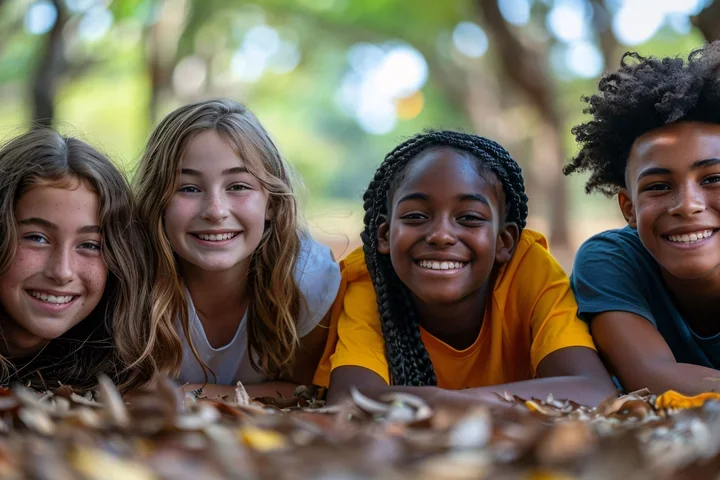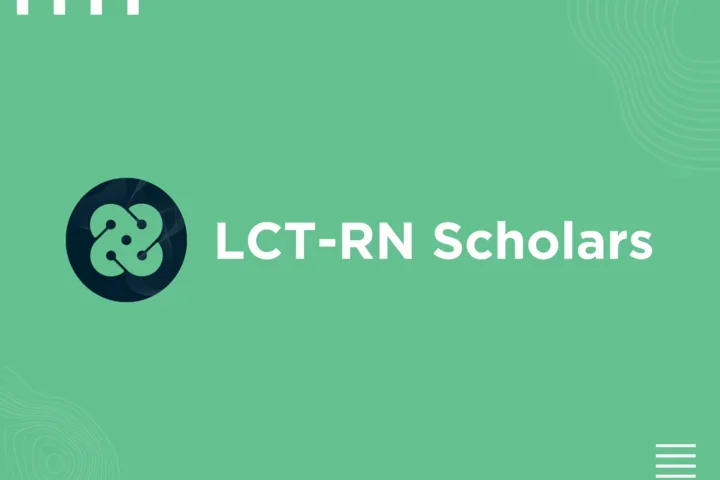Working Together to Improve Life Course Health

We are finishing up our deep dive into HRSA/MCHB’s strategic paradigm “Accelerate Upstream Together” by exploring how LCIRN researchers are working together to improve long-term health trajectories. Finding new ways to work together means exploring new approaches to working across disciplines, adopting new collaborative ways of working with family, community and youth as equal research partners, and ensuring that groups historically under-represented in research are now integral partners in collaborative research efforts. None of these new ways of working together happens automatically- each takes a real commitment from network members to be willing to set aside old ways of doing things, embrace and try new models, adjust to more equitable and productive power dynamics, and share credit for achievements across whole teams and networks of partners. Here we highlight four ways in which the LCIRN is pursuing more effective ways of working together towards our goals.
1. Transdisciplinary teams are of increasing importance for conducting life course intervention research. Individual researchers are unlikely to possess all of the knowledge, tools skills, and relationships, required for carrying out complex and multi-faceted research, but teams can be thoughtfully built and managed to include a variety of skills and perspectives. This type of teamwork is integral to effective translational research, though it is not a straightforward process. Transdisciplinary work requires humility and willingness to listen respectfully and to learn from others who bring a different perspective to the discussion. Researchers bring both their learned and lived experience to the research effort in ways that can challenge traditional categorizations. Each of our nine LCIRN Nodes is made up of researchers and stakeholders from multiple disciplines.
Example: In the School Node, clinicians and educators work together to improve children’s health through the school environment. Everyone brings their own understanding of the context, the stages of development, sensitive periods and potential points for intervention, how to design an intervention that is feasible and sustainable, and how to measure success.
2. Engaging families and youth stakeholders in all aspects and phases of life course intervention research, from design through to dissemination. Partnering with youth, families, and communities focuses interventions on outcomes that are meaningful to the recipiences and increases the potential for impact and equity over the life course. There is a spectrum of models of engagement, ranging from more traditional methods such as focus groups and consultations, to models like youth-led participatory action research, in which members of the target community are also part of the research team.
Example: As part of a process to envision what transformational change would look like for the youth justice system, Liz Barnert and Laura Abrams conducted focus groups with adolescents impacted by the system, as well as other stakeholders who work with and in the youth justice system.
Example: Family Voices is a key partner for the LCIRN’s engagement. Through our Family and Community Engagement Core, they have consistently provided a family perspective to help the LCIRN Scholars to plan and conduct their pilot projects. This has led to significant refinements and improvement to the study plans and approaches, and to the design and content of study informational materials
3. Partnering with community organizations and programs helps to ensure that interventions are relevant, feasible, and potentially scalable for impact at a population health level.
Example: As part of their LCIRN-funded pilot project, Priyanka Fernandes and Denise Nunez partnered with the Jewels of Youth Foundation to organize a forum for providers and families of children with special health care needs during the early months of the COVID-19 pandemic. The partnership allowed them to interact with and gather further information from underserved families within the region, and led to the development of a virtual emergency preparedness kit tailored to these families and available in Spanish and English
4. Collaborating across MCHB Research Networks brings together expertise, leverages previous research and resources, and encourages researchers working on similar topics from different perspectives to collaborate in new ways
Example: Marianne Pugatch conducted an LCIRN-funded pilot study testing a virtual behavioral intervention to reduce substance use in teens with ADHD. Dr. Pugatch collaborated with mentors from the Developmental Behavioral Pediatrics Network (DPBNet) and the Adolescent and Young Adult Health Research Network (AYAH-RN) as well as the LCIRN to design, implement, and evaluate this study. More details about Dr. Pugatch’s pilot and how it benefited from cross-network collaboration: Intervention spotlight: INSPIRE.



